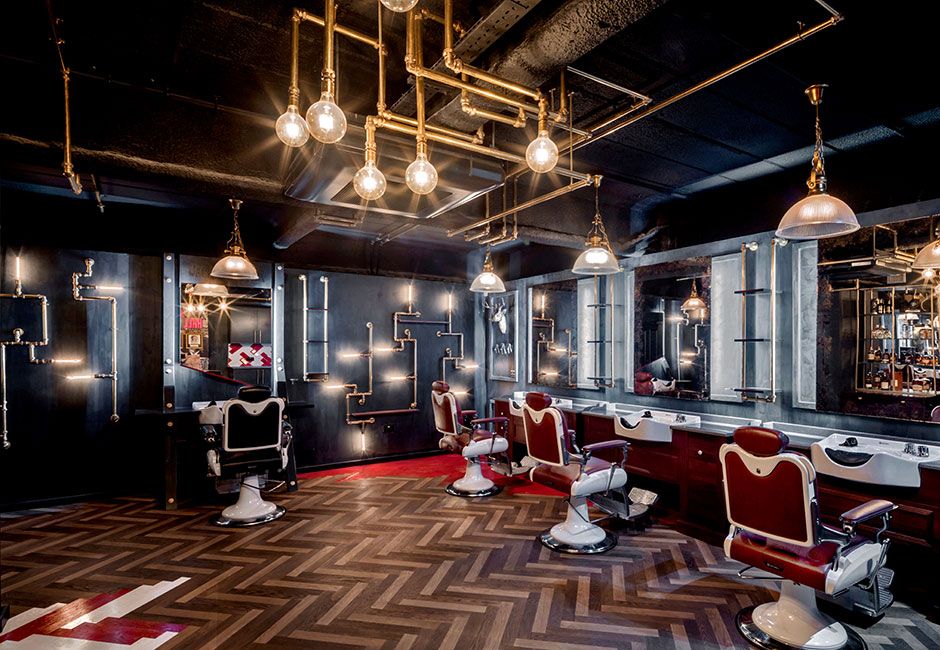Retail Fit Out: Crafting Success from the Core Outwards

In challenging retail landscape, the importance of a properly done design is paramount. A store design is not just about looks; it’s an essential tactic that has the potential to affect customer decisions and drive sales. From enhancing customer engagement to crafting a memorable shopping environment, the design of your retail space plays a pivotal role in your company's growth. As consumers increasingly seek unique and involving experiences, aligning your shop's layout and aesthetic with your identity is crucial to differentiating yourself in a crowded market.
The journey of a retail design can be both stimulating and challenging. Whether you are initiating a new store launch or updating an existing space, grasping the complete process from idea to finish is crucial. In this piece, we will delve into the various aspects of retail fit-outs, including the newest trends, budgeting tips, and sustainable practices to ensure your company thrives in the present but is also sustainable for years to come. Let's discover how careful design can revolutionize your store space and set the stage for enduring success.

Comprehending Commercial Fit-Outs
Commercial fittings refer to the practice of designing and equipping a retail space to meet the specific needs of a business and its clients. This can include everything from the spatial arrangement of the shop to the aesthetic choices that reflect the brand’s image. A properly conducted fit-out can create an welcoming environment that motivates customers to explore and ultimately make purchases.
The importance of retail fit-outs cannot be exaggerated. They play a vital role in boosting the customer experience, improving operational effectiveness, and differentiating a business in a challenging market. A well-designed retail space can help to guide the movement of customers, showcase key products, and create an environment that resonates with the desired clientele, ultimately increasing revenue and customer loyalty.
Moreover, the fit-out process goes past mere aesthetics; it requires strategic planning and execution to ensure that every element aligns with company objectives. This entails selecting the appropriate materials, colors, and fixtures that not only draw in but also engage customers. Comprehending the subtleties of commercial fit-outs is crucial for businesses looking to make a significant impact in their physical stores.
Enhancing Influence: Architecture and Customer Experience
The layout of a store environment plays a vital role in influencing consumer actions and improving their shopping experience. By carefully arranging the setup, retailers can create an inviting space that invites browsing and boosts customer engagement. Open layouts, appealing showcases, and distinct corridors can guide customers through the boutique, making it easier for them to discover products and ultimately buy something.
Including elements that align with your corporate identity is crucial for creating a noteworthy shopping experience. The proper blend of shades, textures, and brand visuals supports your store's theme and principles. For click to investigate , a premium brand might choose premium materials and a elegant color palette, while a young adult store may select bright hues and fun visuals. These aesthetic decisions help establish an emotional connection with customers, making them more likely to revisit.
Moreover, the role of illumination in retail design cannot be overstated. Adequate lighting not only showcases products but also establishes the mood of the atmosphere. Daylight can create an welcoming atmosphere, while thoughtfully arranged task lighting can draw attention to key merchandise. By understanding and utilizing different lighting techniques, retailers can augment the shopping experience, shaping shoppers’ impressions and driving sales effectively.
Budgeting and Eco-friendliness in Store Design
Financial planning for a retail fit-out requires a careful balance between appearance, usability, and eco-friendliness. Businesses must assess their budget while considering the future advantages of eco-friendly materials and energy-efficient solutions. By investing in sustainable practices, retailers can often lower running expenses over time, making upfront costs more feasible in the overall picture of their budgeting process. Understanding all associated costs, including labor, materials, and permits, is crucial for a realistic budget.
Incorporating eco-friendliness into your design not only enhances your brand image but attracts environmentally-conscious consumers. Choosing eco-friendly materials, such as recycled timber, upcycled metals, or low-VOC paints, can create a unique and welcoming atmosphere while reducing ecological footprint. Additionally, incorporating efficient lighting and smart technology can lead to considerable reductions on utility bills. These choices should be factored into the total financial plan, as they often yield long-term financial benefits.
Ultimately, a successful retail fit-out is one that aligns aesthetic vision with financial limits and sustainable practices. Preparing for the hidden costs associated with sustainable options, such as higher initial investment or specialized labor, is crucial. By adopting both financial restraint and eco-friendly innovations, store owners can create dynamic spaces that attract customers, enhance the shopping experience, and support to the planet. This holistic approach ensures that the design not only meets immediate business goals but also promotes sustainable growth for the years to come.
